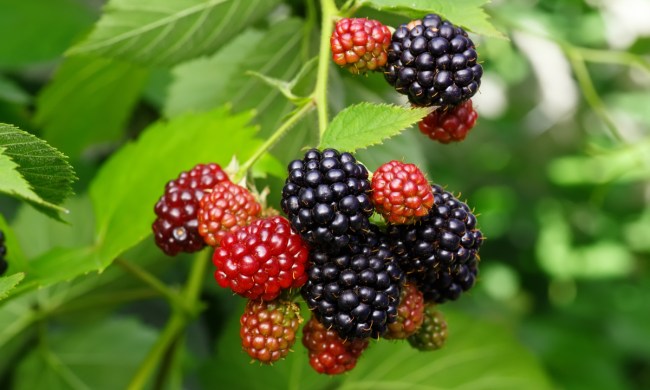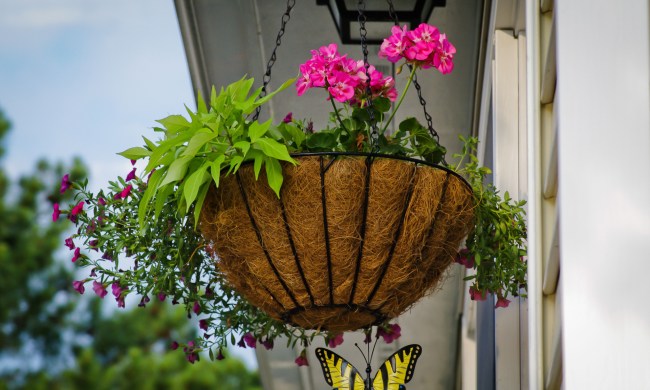Vertical gardens are a beautiful way to add visual interest to your garden, yard, or living space. They don’t take up much room, but they are instantly eye-catching and a great conversation starter. Once you’ve gotten your frame together, where do you go from there? You have to put plants in it, but which ones are right? How can you make sure that your vertical garden is the best it can be? Here is a simple-to-follow guide for selecting the best plants for vertical gardens.
Clinging plants
Think of clinging plants like stud earrings. They’re the plants that stay relatively short and close to the frame. These plants are going to be the base of whatever pattern you’d like to form. They’re the polka dots of plants, and, while they may not be the first thing people see when they look at your garden, they form a steady, stable background.
Most succulents fall into this category. Echeveria in particular is a popular standard for vertical gardens. They form lovely rosettes and come in a variety of colors, from pearl to blue princess. They look sweet and will hold fast.
Sedum is another succulent that does well in vertical gardens. Unlike echeveria, it doesn’t form rosettes, instead branching out, with oval leaves on narrow stems. There are a wide range of colors, but something that all sedum has in common is that it will spread. They look a bit like vines, but vertical.
Hanging plants
If clinging plants are stud earrings, then hanging plants are your dangles. They’re plants that grow vines or drape themselves dramatically down over the garden. These plants are great for breaking up space or hiding blank areas of the garden. Strategically placed vines can even hide the frame itself. They add a little bit of visual interest to your vertical garden — an extra dimension, if you will.
Ivies are wonderful for this role. English ivy has a distinctly stately appearance, while Japanese ivy has a more unique appearance. These ivies will climb just about anything, so keep an eye on them and train them carefully to avoid your garden being overrun.
Pothos, sometimes called devil’s ivy, has a similar appearance but is a little less aggressive. It’s also a better fit for planting in the vertical garden, rather than at the base climbing up. Pothos is one of the easiest houseplants to grow entirely in water.
If you’d like something a little more floral, you can add flowering vines, such as morning glory. Flowering vines are a great way to add some color and scent to your vertical garden. There are vines that flower in all different colors, so you can be sure to find something to match the general aesthetic!
Accent plants
Following the earring metaphor, accent plants would be your flashiest pair. They’re the pop of color or texture that simultaneously stands out and pulls everything together. These plants can be clinging or hanging, but they always have something that sets them apart. You can have more than one, or more than one type, but be sure to coordinate them to avoid unpleasant clashes.
This category depends mostly on the other plants you’ve picked, or the general aesthetic you’re aiming for. A flowering plant like nasturtium or roses could stand out nicely in a mostly green wall, but if your vertical garden is already flower-heavy, you may have better luck with a striking green foliage plant like a fern.
Arranging your garden
The best first step is to sketch out a simple chart of what design you’d like your vertical garden to follow. This can be an extravagant design, with spirals and color gradients, or it can be simple and minimalistic, with a few vines on the edges and a few colorful plants in the center. There’s no wrong way to arrange your garden! It’s yours, after all.
Once you’ve charted your design and selected your plants, arrange them on the ground before planting them. This gives you the opportunity to see your design in 3D and make any adjustments.
Finally, you’re ready to plant your plants and put up your vertical garden! Now you know the basics for picking plants and designing your garden. Remember that, in the end, as long as you’re happy with the way your garden looks, that’s all that really matters.






